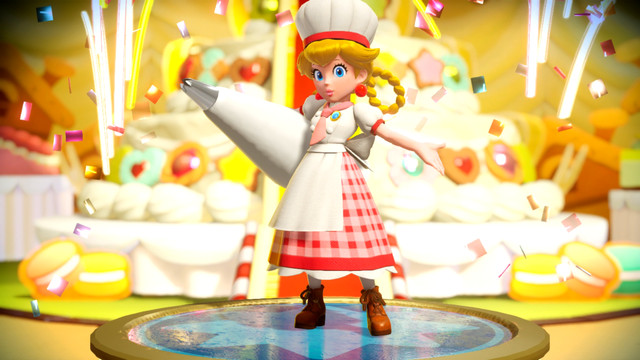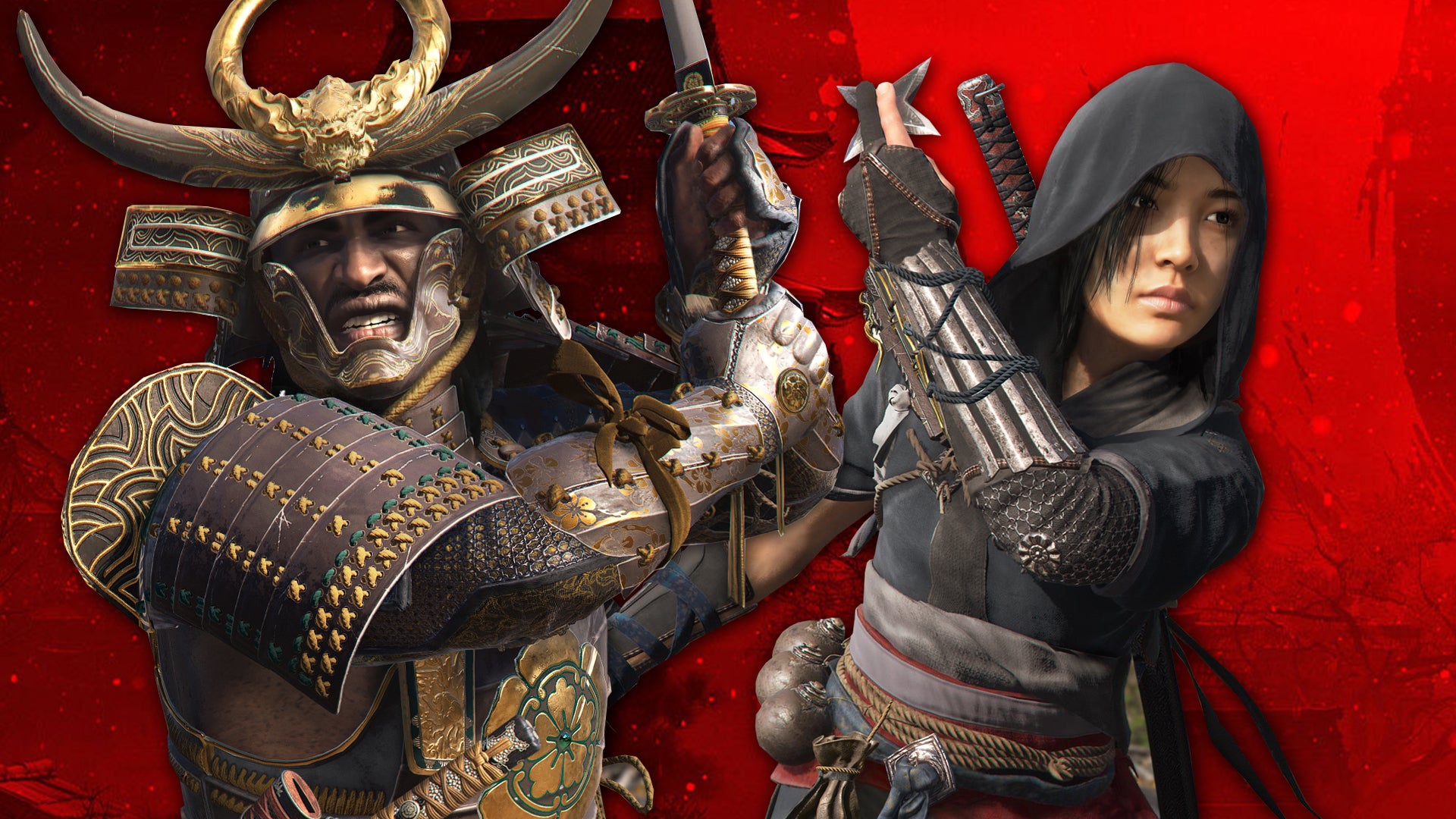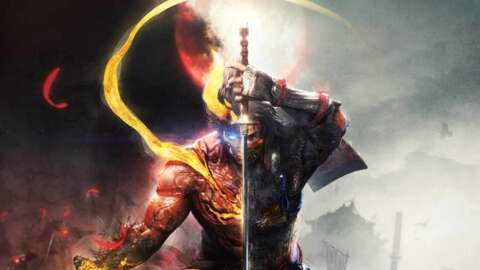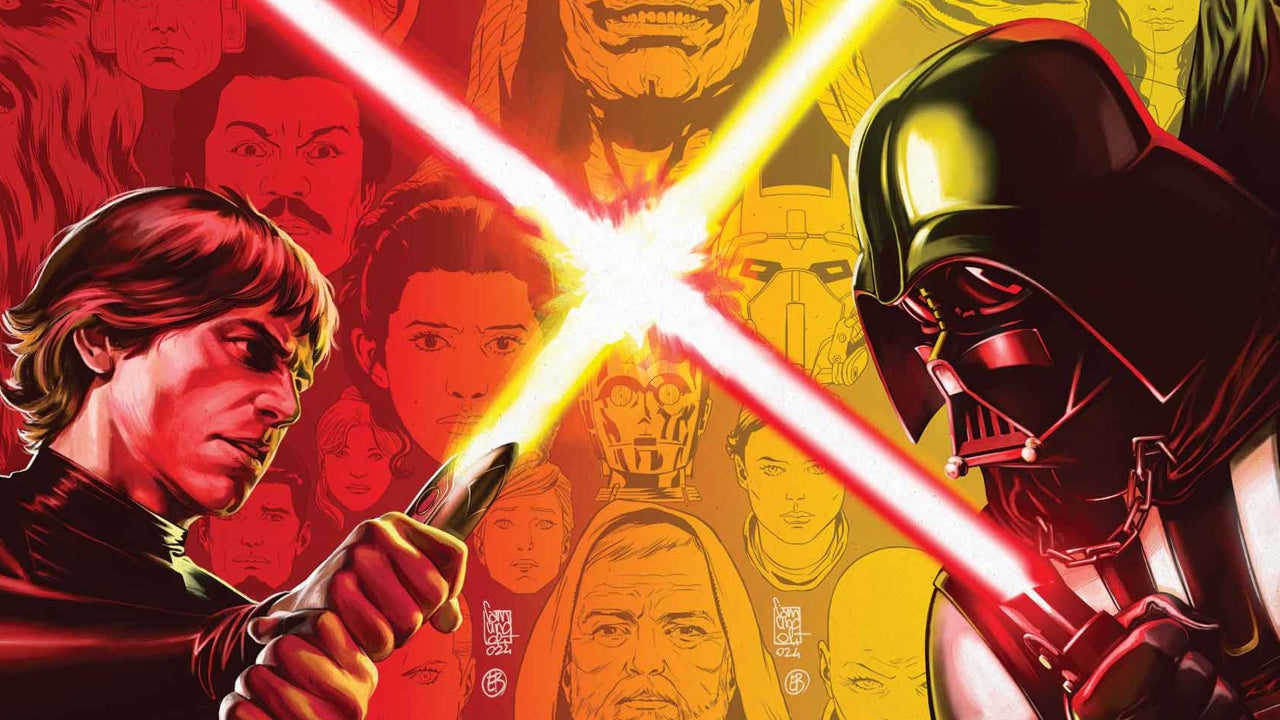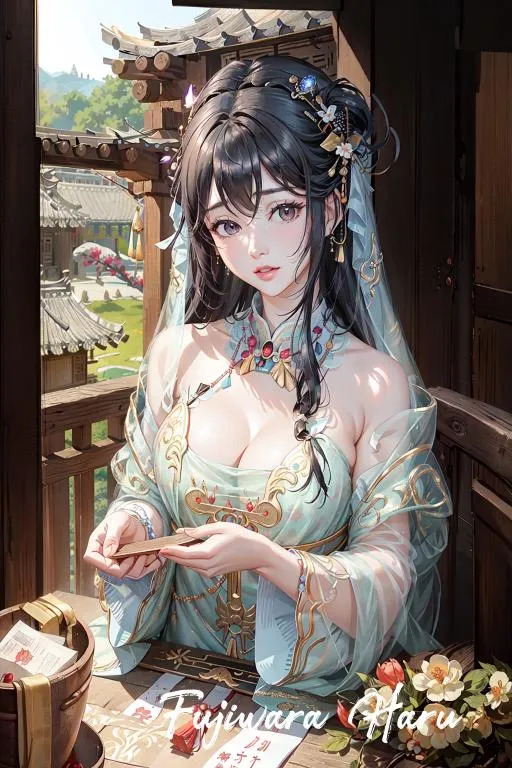I grew up playing a variety of Mario games. From turn-based RPGs, to racers, to classic side scrollers, my Nintendo libraries always included Mario. At a young age, I rarely struggled to complete some of the hardest levels in games like Super Mario World. Each finished stage acted as a testament to my overall strength and energy levels. Yet, as I grew older, my disability prevented me from fully enjoying traditional side-scrolling Mario. That is until the release of Super Mario Bros. Wonder.
While it’s true Mario games are inherently designed for audiences of all ages, collectibles, bonus levels, and even timed challenges are meant for players with a greater understanding of mechanics. Individuals need precision with their movements, while simultaneously paying attention to the available time constraints of each course. They provide an immense challenge, but often create such inaccessible barriers for players with varying disabilities. For this Access Designed, I want to explore the overall physical accessibility of Wonder, while also acknowledging Nintendo’s commitment to creating accessible games through inclusive designs.
Wonderful Mechanics
Before I begin, I would be remiss if I did not discuss the Settings menu within Wonder. Players have the capability to activate motion controls, deactivate rumble, and even alter the buttons and motions they use to run, jump, and ground-pound. While not as robust as other games with dozens of accessibility features, being able to select these options provides some level of choice and prevents physically disabled players from needing to alter their Switch controller settings for a specific game. I want to be able to comfortably control my experience with every game. And for the first time with Mario, Wonder lets me decide how to play.
Wonderous Designs
As a company, Nintendo is often met with controversy within the disability community. Its systems traditionally include inaccessible gimmicks like forced motion controls, and its games often lack extensive features and options like Xbox and PlayStation games. However, from an inclusive design perspective, Nintendo often leads in innovation.
With Wonder, you no longer need to compete against timed levels. Indeed, the biggest inclusive design with this side-scroller is the removal of the dreaded clock because previously, Mario games always included a time limit with each stage, providing little room to rest or recover stamina after extensive play sessions. Further, timed levels would add unnecessary stress for cognitive disabilities, especially if a stage featured hidden collectibles. In Wonder I regularly had the opportunity to simply put down my controller for several minutes without fear of losing a life because I ran out of time. Rather, I could exclusively focus on platforming and finding treasures.

Beyond the lack of time, Wonder offers several character choices which drastically mitigate physical exertion, namely with enemies. If there are too many monsters in a level, or if I’m too tired to consistently jump on and attack minions, I can simply play as Yoshi or Nabbit. These heroes only lose a life through environmental obstacles like pits or lava, meaning I don’t need to be precise with movements around foes. At their core, Mario games are about platforming. Yes, the enemies add nuance to each stage, requiring individuals to think about jumping on monsters to reach specific areas. But if I’m too exhausted, I can focus exclusively on reaching the next platform to complete the course.
Inclusive design is the concept of providing accessibility without settings in a menu, and Wonder’s biggest inclusive design feature by far are the badges. Badges provide unique boosts to specific actions like jumping or dashing, or even grant players items like Elephant Fruits and Fire Flowers. If I’m playing a particularly challenging platforming level, I can simply equip the Safety Bounce badge which saves me once if I accidentally fall into a deadly zone. Or if I want more of a grace period between jumps, I choose the Floating High Jump badge which lets me temporarily float through the air after a jump.

Not all badges are beneficial for my needs, nor are they provided from the start of the game. Many need to be unlocked in the overworld map with Wonder Seeds, and then players must complete a tutorial or course to permanently unlock them. Would it be nice if some badges were automatically unlocked? Absolutely. However, the capability to complete levels without time limits, select characters that are immune to enemy damage, and even equip a badge that grants special powers is the truest definition of inclusive design. None of these options are forced or locked away in a menu. Disabled players have the freedom to complete the game in a way that is both accessible and enjoyable.
To coincide with everything I listed above, Wonder includes one more inclusive design feature in the form of multiplayer. When playing with friends or even strangers online, it’s entirely possible to continuously fail platforming sections without losing a life. When knocked out, your character appears in a floating bubble for five seconds. If touched within those seconds, no penalty is given. Players can simply resume the stage from the point of retrieval. If I struggled with a particular level, I would simply ask my friends to play and stick by me as I pushed through the course. While it’s unfortunate that others can’t actively complete a stage for you, there’s no pressure of losing lives when playing with others. Further, the above points still apply – even in a multiplayer lobby, I can equip a badge or select Yoshi or Nabbit.
I love Wonder. It’s arguably within my top five accessible games released this year. It’s by no means perfect but it offers a level of accessible and inclusive choice often reserved for games like Pokémon. As my disability progressed, I feared losing access to some of my favorite franchises. For the first time since the release of New Super Mario Bros. U in 2012, I find myself actively wanting to play a Mario game. Nintendo games may lack extensive menus, but in terms of inclusive design, they consistently transform inaccessible titles into magical, wonderous adventures.
Grant Stoner is a disabled journalist covering accessibility and the disabled perspective in video games. When not writing, he is usually screaming about Pokémon or his cat, Goomba on Twitter.
